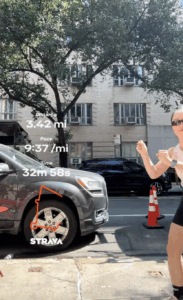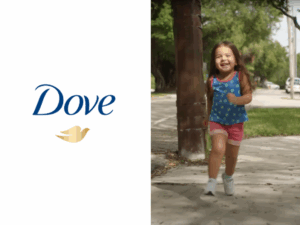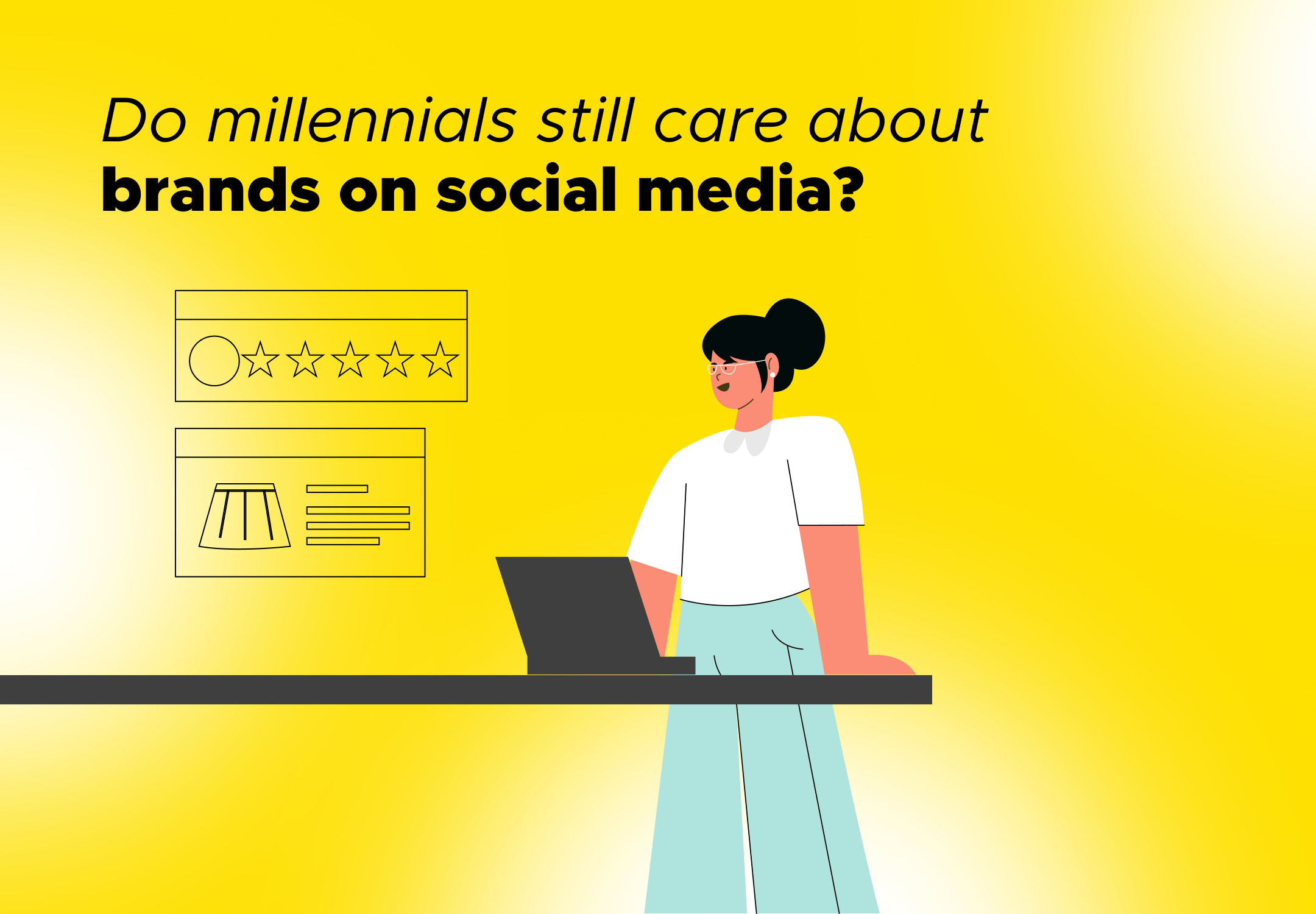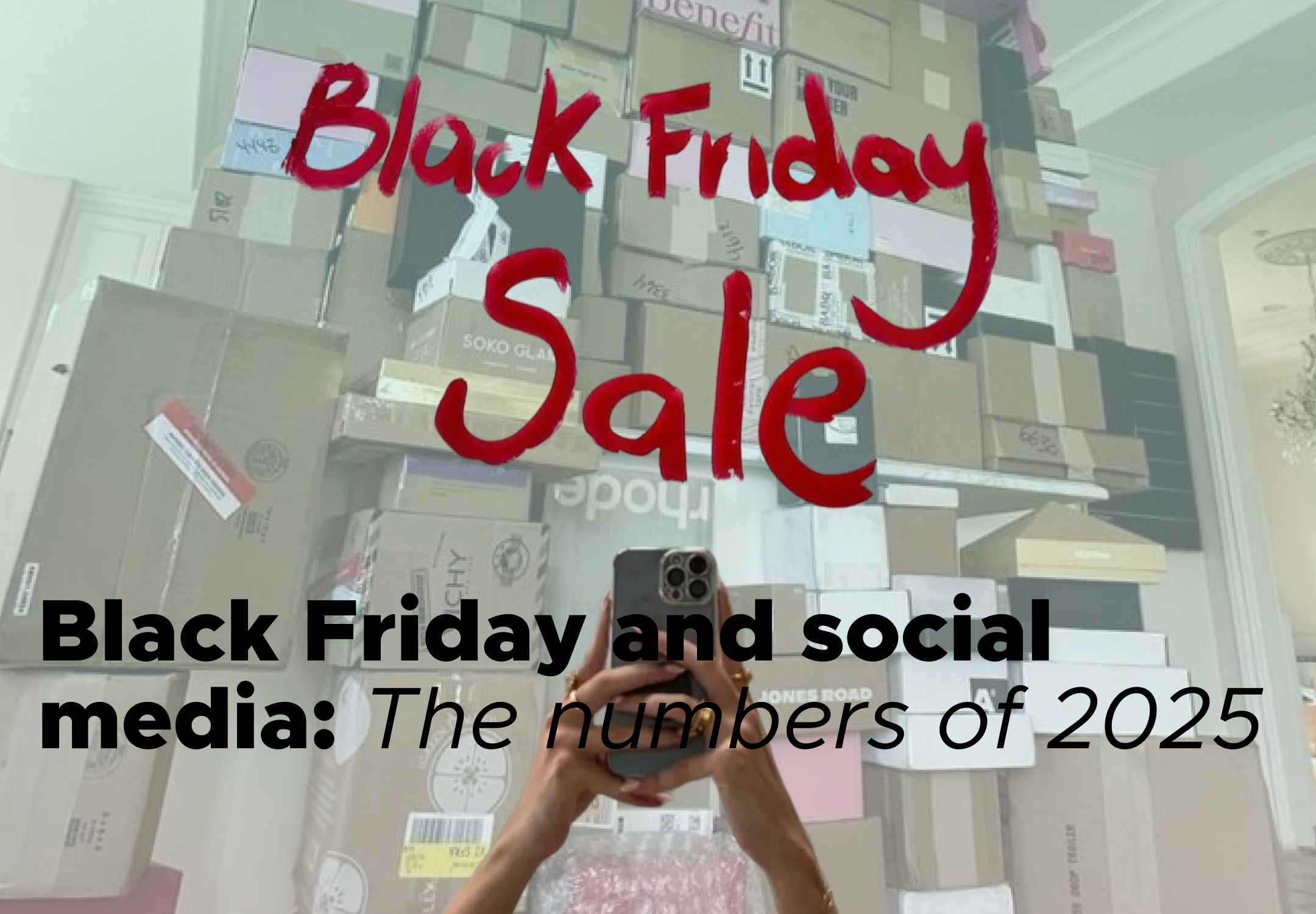Sport Is Trending Again – What It Reveals About the Future of Brand Relevance
Across social platforms and city streets, sport is no longer confined to the fitness space - it’s become a cultural operating system. From run clubs to pilates sessions, tennis courts to padle clubs, movement is taking on new meaning through social media.
June 27, 2025

The global lockdowns of the pandemic in 2020 didn’t just reshape daily life – they permanently altered how people relate to their bodies and sport. With gyms closed, anxiety highs and lack of community, fitness became more solitary, intuitive, and emotionally charged. That shift never reversed.
One thing has always been clear: people structure their time, express identity, and engage with community through sport. But more than a health trend, exercise now functions as both social ritual and status signal.
For marketers, this revival demands close attention – not just for the content it creates, but for the underlying behavioral shift it reveals. Sport has been reframed from performance to participation and aesthetics. Understanding why this shift is happening is essential for any brand that wants to stay relevant.
Movement as Identity: Social Run Clubs
Few phenomena exemplify this shift better than the growth of run clubs. What once may have seemed niche – group runs in matching gear, coordinated through Instagram accounts – has evolved into a full-blown movement economy.
Run clubs have become brands. Examples like Bandit Running have helped turn running into a cultural act, merging streetwear aesthetics with training rigor, and transforming weekend miles into a kind of social performance.
They’re about belonging, ritual, and visibility. To run with a crew is to signal something: personal discipline, certain taste and a desire for community. Participation itself becomes the marker of cultural fluency. Runners not only share on platforms like Strava or Nike Run Club – Instagram, TikTok, Pinterest and even Threads have become spaces to highlight participation. The result is a

merging of physical and digital presence. “Faking it” is ineffective as the participation spans from actually running the streets to Instagram Stories.
The latest trend among running creators features them dragging their Strava post-run route into frame using an in-app tool that overlays stats with a transparent background onto images or videos. It’s a clear example of how embracing a core user “need”, in this case, social proof, can spark cultural relevance and set a new standard for content.
For marketers, this is a masterclass in how micro-communities amplify brand energy. Run clubs are less about consumption and more about immersion. They offer a framework for brands to move beyond advertising into experiential integration, where apparel, tech, or wellness products are lived in rather than promoted. But they’re also more than just cultural moments – they function as real-time insight tools. Think of them as the real-life equivalent of A/B testing paid ads: they show what sticks and what doesn’t. For brands, this means understanding not only what resonates emotionally, but also how to shape product relevance and identify organic influencers through the lens of community.
Sport and Status
If run clubs are the easy way in, offering community, consistency, and casual cool, sports like tennis, boosted by the cultural momentum of Challengers (2024), remain the more exclusive stage, where aspiration and aesthetic continue to define the game.
Wimbledon is just around the corner, and brands like Ralph Lauren are stepping confidently into the spotlight: Not just as a long-standing Grand Slam sponsor, but as a brand fully aligned with the cultural currency of TikTok’s super-creators.
This year, the brand taps into the social-first power of partnerships with creators like Jack Innanen and the Elevator Boys. By partnering with social-first talent, Ralph Lauren reinforces its legacy not just through tradition, but through cultural relevance, meeting the moment where heritage meets hype.
In a recent feature, the brand shared: “A friendly match with @jacobrott and @timschaecker – where tennis, history, and style go hand in hand.” By aligning with tennis, they tap into both tradition and trend, making the sport feel both timeless and newly relevant. For brands, this shows how sponsorships can do more than associate logos with events, they can narrate a lifestyle, connect emotionally, and generate social capital.
But underneath the gloss, one question lingers: Is sport elitist? Tennis, long associated with heritage, etiquette, and exclusivity, often carries the weight of that perception. And yet, in the age of social media, simply watching from the sidelines, through reels, recaps, or creator-led campaigns, can offer audiences the illusion of participation.
Here, platforms like TikTok serve as entry points into elite-coded moments, inviting viewers to feel part of a world once reserved for the few. If run clubs represent accessible belonging, tennis highlights how sport can still function as a signal of aspiration. The brands that win in this space, like Ralph Lauren, are those that preserve the prestige while opening a window into the world. They don’t dilute the aesthetic – they democratize the experience.
Achieving Authentic Inclusivity
Beneath sport’s current popularity lies a cultural tension: between inclusion and exclusivity, visibility and performance, authenticity and aspiration. Wellness spaces suggest belonging – through run clubs, reformer Pilates, or doubles tennis – but often subtly enforce codes: what you wear, how you look, how easily you blend in. This is amplified on social platforms, where aesthetics and algorithms reward polish over presence. Even community-driven formats, like brand-sponsored events or fitness collectives, carry implicit visual expectations. The message shifts from “I belong” to “I fit in.”
At their best, wellness practices promise strength, clarity, and balance – qualities in high demand in an overstimulated world. Yet the visual language surrounding them often defaults to narrow ideals: coordinated outfits, curated environments, and selective representation.
In contrast, a parallel movement is growing – especially on TikTok and within smaller digital communities – where vulnerability and realism take center stage. Here, creators document setbacks, show unfiltered moments, and speak candidly about the emotional and structural barriers they face. This is where wellness feels most human – and most relevant. Today, movement is more than fitness – it’s visibility. To show up and be seen is an act of self-expression. In sport communities, inclusion across race, size, gender, and ability is no longer a progressive stance – it’s the baseline.

For brands, this creates both challenge and opportunity. Audiences don’t just want diversity in casting – they expect lived experience. What resonates are stories rooted in truth: the fatigue, the obstacles, the daily decision to keep going. Campaigns that center struggle and transformation – fitness as recovery, resistance, or social action – connect on a deeper level.
Dove’s “These Legs” campaign reflects this shift. It confronts the emotional toll of body shaming in youth sports, showing movement as a source of confidence and resilience. By entering a space closely tied to its product relevance and doing so with authenticity, Dove extends its long-standing advocacy for inclusive beauty.
Body positivity isn’t just a value – it’s a cultural expectation shaped by the community. Brands that listen and respond with sincerity build real relevance. When audiences see their realities reflected, they connect.
What matters now is that brands stop dictating the visual language of sport – and start co-creating it with their communities. Movement has become an emotionally attuned act of care. Less about performance, more about presence.
Sport Is Culture
What’s clear is that sport today is less an industrial category, profession or hobby, and more a code. It is defined by a cultural language that signals who we are, how we connect, and what we stand for.
The rise of movement as ritual, the tension between aspiration and authenticity, and the new visibility of inclusive wellness practices all point to a broader truth: sport reflects the values of the moment. It is a reflection of today’s Zeitgeist and reflects your audience’s needs.
For brands, this means reading between the lines of the trend. It’s not about chasing the latest class format or sponsorship opportunity – it’s about understanding the emotional and social needs driving this return to movement. Sport is how people express care, seek belonging, and assert identity in both public and private spaces. Brands that meet this moment with cultural fluency, by listening first, co-creating with community, and honoring both vulnerability and aspiration, won’t just be part of the conversation – they’ll help elevate the voices already shaping it.
Latest News ☕

Millennials Rewind: Social Engagement in 2025, Top Platforms & the Brands They Still Love
December 4, 2025
Think millennials checked out of social media? Think again. In 2025, they were more engage...

Social media drives Black Friday sales: The first stats are in
December 1, 2025
Black Friday 2025 marks social commerce's breakthrough moment. With sales up 54.5% and hou...

The viral moments that broke the internet in 2025
November 29, 2025
In 2025, viral trends evolved from fleeting moments into cultural phenomena that redefined...


